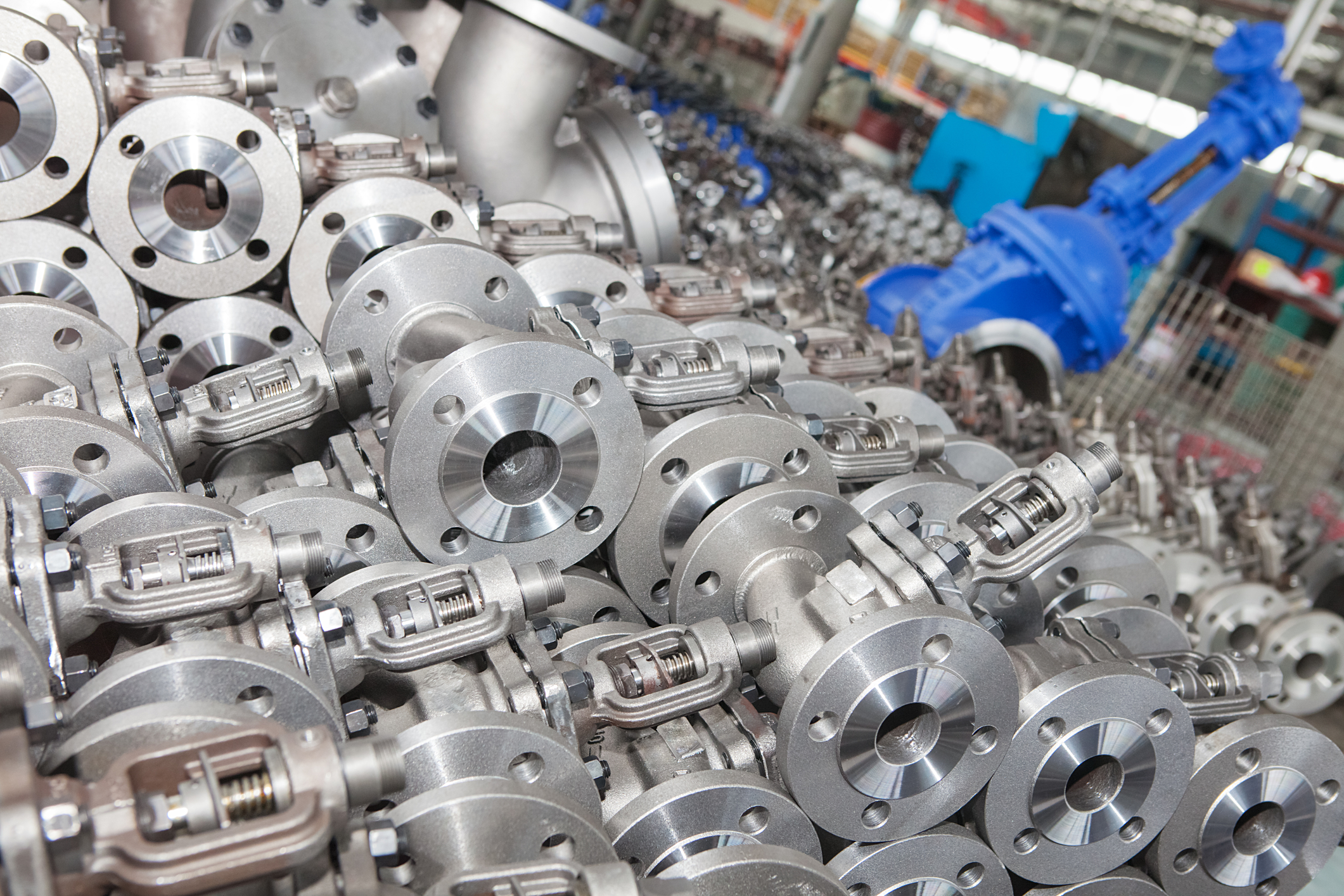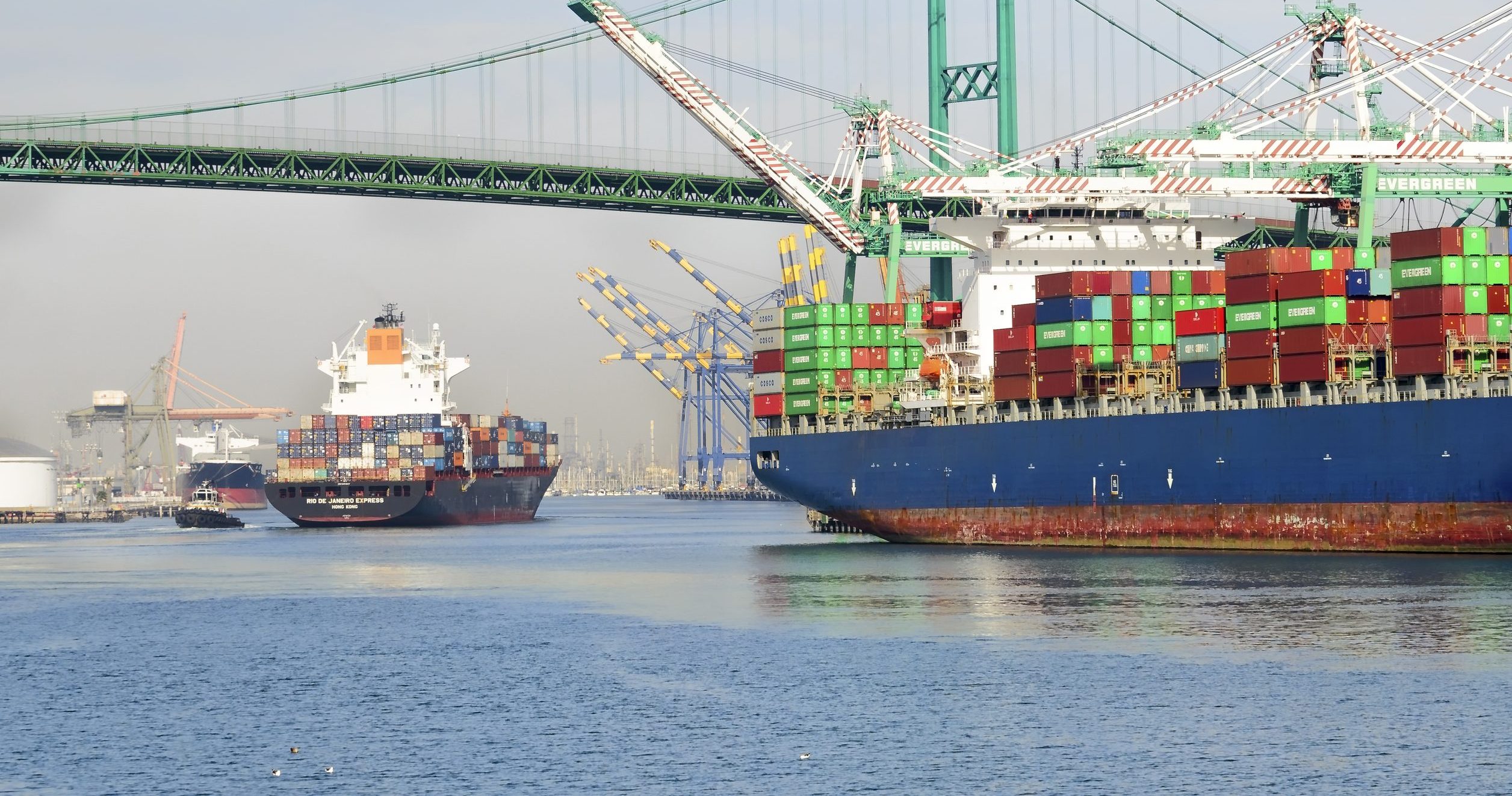An integrated perspective on navigating the current state of global supply networks.
By Gobind Khiani – Valve Engineering Consultant – GAPV Inc.
The global supply chain landscape in 2025 continues to be defined by complexity, disruption, and transformation. Following the upheaval initiated by COVID-19, businesses globally face a new era of uncertainty shaped by geopolitical turbulence, technological gaps, climate-related risks, labor constraints, and shifting regulatory environments.
As companies race to build more resilient supply networks, the interplay of these challenges has evolved into a critical strategic consideration for global industries.
This article discusses the overview of the most pressing supply chain challenges facing industries today.

It delves into their root causes, evaluates sector-specific impacts, and explores emerging responses designed to mitigate both immediate disruptions and long-term risks.
1. Geopolitical Uncertainty and Trade Realignment
Geopolitical instability is an enduring threat to global supply chains. Conflicts in Ukraine, heightened tensions across East Asia and the Middle East, and evolving sanctions regimes have disrupted access to vital commodities and manufacturing bases.
Trade disputes have introduced new tariffs, export controls, and regulatory scrutiny over strategic goods including semiconductors, rare earths, and defense-related components. Multinational firms are realigning sourcing strategies to reduce exposure to politically volatile zones. Dynamic scenario modeling and diversified sourcing are now standard practices.
2. Port Congestion and Transportation Strains
Despite post-pandemic improvements, many key shipping nodes continue to experience significant congestion.
Inland logistics systems are under equal pressure. Truck driver shortages, rail capacity constraints, and regulatory hurdles in regions like North America have led to rising freight costs and delayed deliveries. The cumulative effect impacts production cycles, inventory accuracy, and customer service reliability.
To adapt, firms are accelerating investments in multimodal networks, digitized port operations, and decentralized distribution centers that reduce overreliance on major hubs.
3. Raw Material Scarcity and Component Delays
Industries across the board—from electric vehicles to aerospace—face acute shortages of raw materials and custom-engineered parts. The increasing demand for rare earths, lithium, and advanced semiconductors has outpaced the capacity of current supply systems.
The energy transition has amplified this demand as well. Renewable energy firms struggle to secure critical inputs like polysilicon and graphite, while aerospace and defense companies encounter lengthy delays due to single-source dependency. To counteract, businesses are pursuing vertical integration, strategic stockpiling, and partnerships with emerging suppliers.
4. Workforce Shortages and Skills Gaps
A persistent shortage of skilled labor remains one of the most disruptive issues facing supply chain operations. Aging workforces, early retirements, and limited appeal of industrial jobs to younger generations have contributed to gaps in manufacturing and maintenance roles.
The problem is compounded by the digitalization of supply chains, which demands new technical competencies in data analytics, robotics, operation, and systems integration. In response, firms are enhancing workforce development through targeted reskilling initiatives, apprenticeship programs, and collaborations with educational institutions.
5. Digital Fragmentation and Lack of End-to-End Visibility
Although supply chains are increasingly digitized, many organizations still operate fragmented systems. Legacy ERP platforms, siloed warehouse tools, and manual data exchanges impair real- time decision-making. The resulting lack of visibility hinders responsiveness and elevates risk.
While technologies such as digital twins, AI analytics, and IoT tracking offer game-changing potential, widespread adoption remains a challenge—especially for small and mid-sized enterprises. Full integration demands not just an investment in tools, but also a strategic commitment to standardizing data models and fostering cross-enterprise collaboration.
6. Cybersecurity Vulnerabilities
As supply chains become increasingly reliant on digital infrastructure, the risk of cyberattacks escalates. Ransomware incidents targeting logistics firms, tampering with shipment software, and supply chain-based phishing attacks are on the rise.
Cyber threats can halt operations, corrupt data, and expose sensitive customer or supplier information. This growing threat is forcing organizations to adopt cybersecurity frameworks, including zero-trust architecture, penetration testing, and mandatory vendor compliance protocols. As such, resilience requires constant updates, employee awareness programs, and industry-wide threat intelligence sharing.
7. ESG Compliance and Sustainability Mandates
Environmental and social responsibility has become a legal and reputational imperative. New regulations, such as the European Union’s Corporate Sustainability Reporting Directive (CSRD), demand detailed disclosures on Scope 3 emissions, supply chain labor practices, and environmental footprints.
Consumers, regulators, and investors are pressuring companies to embed ESG into the core of supply chain management. This includes green logistics practices, ethical sourcing, and circular economy principles. Firms are responding by integrating ESG KPIs into procurement, adopting carbon accounting tools, and redesigning networks to reduce emissions.
Compliance costs are significant, but the risk of inaction—ranging from fines to market exclusion—is even higher. Sustainability is no longer a trend; it is a baseline requirement for doing business globally.

8. Inflation and Input Cost Volatility
Economic volatility has significantly impacted supply chain cost structures. Inflationary pressures—driven by energy price swings, labor costs, and raw material shortages—are undermining profitability and budget accuracy. Fixed long-term contracts are proving unsustainable under current market dynamics.
Companies are responding with dynamic pricing models, multi-sourcing arrangements, and strategic hedging. Some are shifting procurement to more economically stable regions or investing in automation to reduce labor reliance. Nevertheless, cost unpredictability continues to be a critical concern, particularly for capital-intensive sectors like manufacturing and construction.
9. Supplier Reliability and Deep- Tier Risks
While many firms have solid Tier-1 supplier relationships, visibility into Tier-2 and Tier-3 networks is often limited. Disruptions deep in the supply chain—whether from a raw material shortage or local regulatory breach—can cascade through entire systems.
Supplier financial health, political exposure, and operational resilience are now part of a growing list of risk indicators being monitored. Emerging tools, including AI-based risk scanning and network mapping platforms, help identify and manage hidden vulnerabilities. Yet, complete visibility remains elusive and requires substantial collaboration, investment, and transparency incentives across supply tiers.
10. Uneven Technology Adoption
Advanced technologies—robotics, AI, blockchain, and cloud-based platforms—promise to transform supply chain management. However, implementation varies significantly across industries and geographies due to cost, cultural resistance, and integration challenges.
Lack of internal expertise, fragmented tech ecosystems, and underdeveloped change management frameworks often stall progress. Nonetheless, organizations that do succeed in tech-adoption report improved responsiveness, reduced waste, and enhanced customer satisfaction.
Scalable pilot programs, cross-functional digital teams, and strategic vendor partnerships are key to overcoming adoption hurdles and unlocking the full potential of Industry in the supply chain domain.
Conclusion: Building Resilience in a Volatile Era
As global supply chains continue to evolve in response to disruption and opportunity, resilience, adaptability, and foresight have become strategic imperatives.
Supply chain leaders must act decisively. The most forward-thinking organizations will succeed by treating the supply chain not as a cost center, but as a competitive differentiator. Through enhanced visibility, smarter technology deployment, diversified sourcing, and ESG alignment, industries can build supply chains that are more robust, ethical, efficient, and future-ready.



 Gobind (Gobind N Khiani MEng PEng) has served in engineering management roles for both operating and EPC companies and has received Fellowship in Engineering. He has a bachelor’s degree from the University of Pune in India and a Master of Engineering from the University of Calgary in Alberta, Canada. Currently he is Secretary of CPGCE, Vice Chairman of International Standards Organization, Volunteers at API, AMPP (formerly NACE), ASME, CSA, CPGCE, ISA, ISO, MSS-SP, and PRCI representing Canada.
Gobind (Gobind N Khiani MEng PEng) has served in engineering management roles for both operating and EPC companies and has received Fellowship in Engineering. He has a bachelor’s degree from the University of Pune in India and a Master of Engineering from the University of Calgary in Alberta, Canada. Currently he is Secretary of CPGCE, Vice Chairman of International Standards Organization, Volunteers at API, AMPP (formerly NACE), ASME, CSA, CPGCE, ISA, ISO, MSS-SP, and PRCI representing Canada.